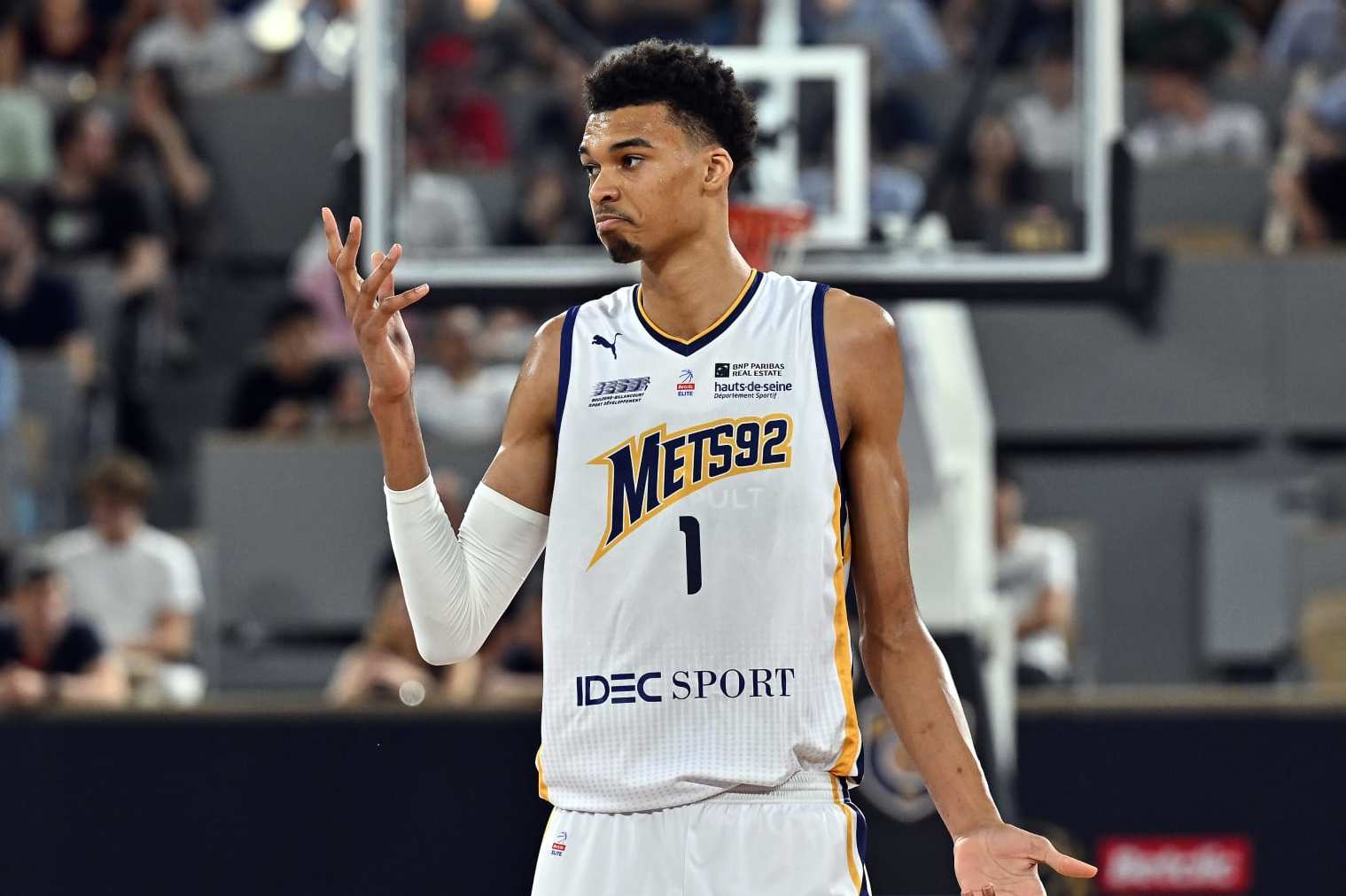
Trying to Build Victor Wembanyama's Pro Comparison
You don't get far into scouting reports on presumptive No. 1 pick Victor Wembanyama before encountering the word "unique."
A terrifyingly agile 7'4" shot-creator who dominates the game defensively and can play on or off the ball on offense, the 19-year-old defies comparison.
There is no template for Wembanyama. No obvious historical precursor. He is a basketball player evolved.
We've seen many of his skills and traits before—just not all in one package. They were spread out one at a time among multiple past and current greats. The Frenchman combines them, which is where his one-of-one status comes from.
Here, we'll try to capture the way Wembanyama, a player who might as well be from the future, draws from the past and present. In other words, we'll work up a series of comparisons for a player who is, by definition, incomparable.
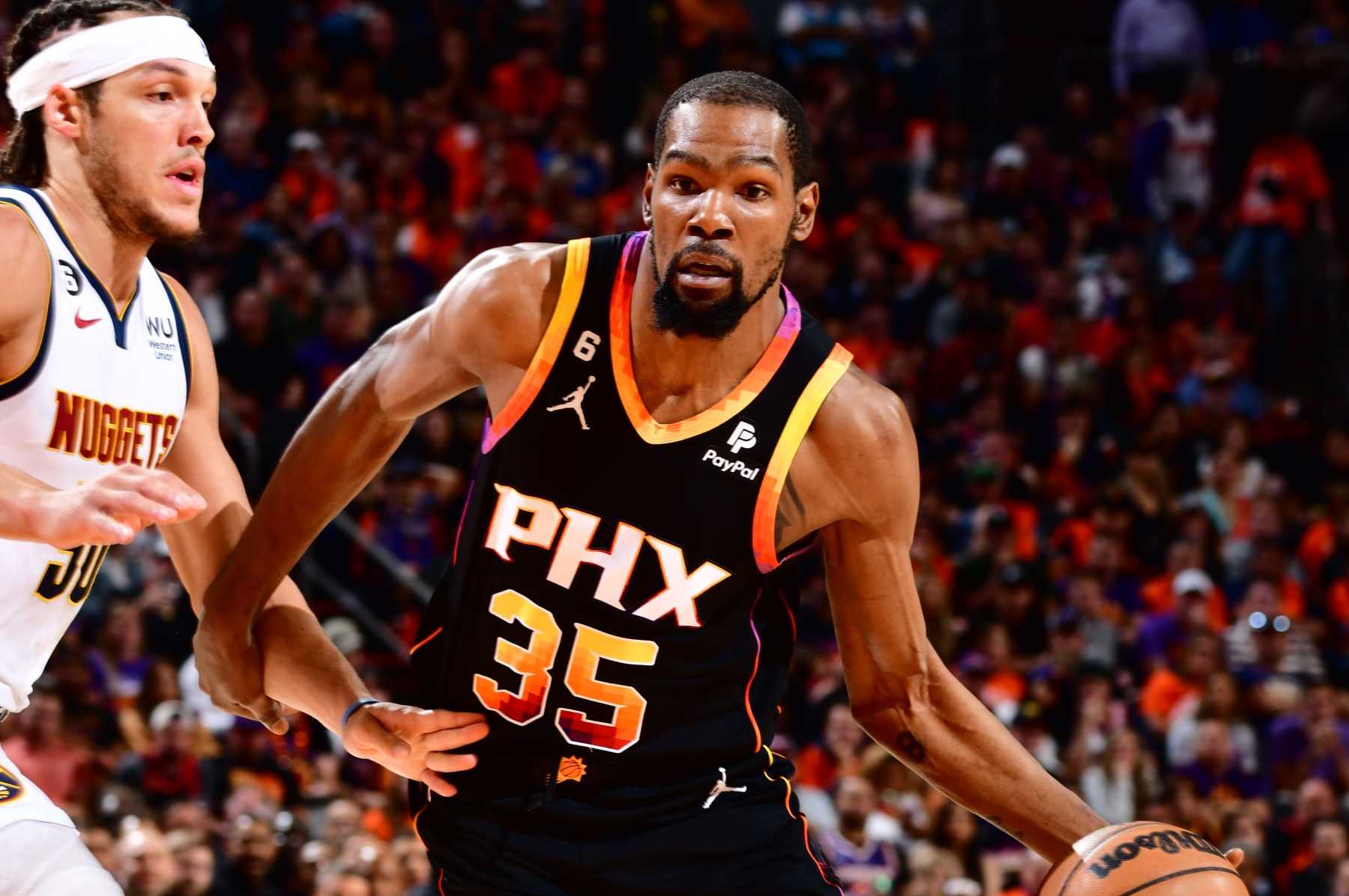
You knew a Kevin Durant comparison was coming, so let's get it out of the way first.
Even the most skilled extremely-tall-person ball-handlers have an air of vulnerability. Their dribbles travel too high. Their control of the rock loosens outside a straight line. They are limited when nudged out of transition, or when their first step gets cut off. They need to throw their weight around when working in closed quarters.
Much like Durant, Wembanyama is more of a tactician. He may have the strides of Giannis Antetokounmpo, but the surgical probes, controlled footwork and crafty angles are KD-esque.
That directionalized command separates Wembanyama more than anything. He can cross-up defenders into ultra-long pull-up and sidestep jumpers without utmost fluidity and use his handle to turn corners, navigate congestion in the lane and displace opponents with spins and hesitations.
Peak Durant probably had a quicker first step. That's where Wemby's stride comes into play. He covers so much ground in so little time, even at slower cadences, that everything he does on-ball feels like it's happening at warp speed.
—Dan Favale
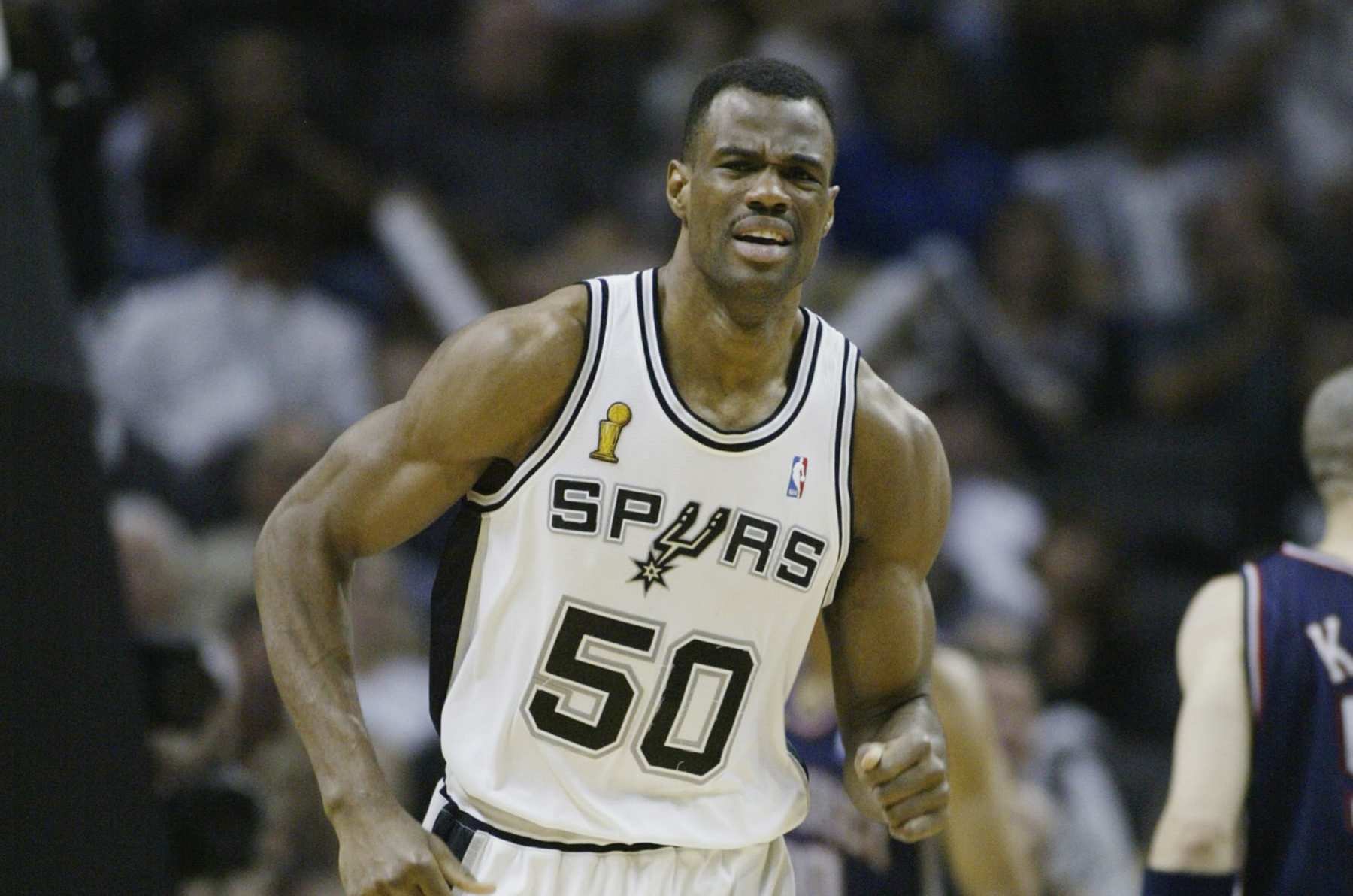
Wembanyama's 7'4" stature and nearly 8-foot wingspan allow for flat-footed blocks.
Mark Eaton was also 7'4", and he had loads of those, sometimes pinning shots to the board without leaving the floor. Even though Eaton led the league in swats four times and finished his career with an average of 3.5 per game that ranks first in NBA history, Wembanyama is (checks math) roughly a million times more mobile than the late Utah Jazz big man. Ditto for the 7'7" Manute Bol, second of all time at 3.3 blocks per game.
Ralph Sampson, also 7'4", is the better comparison among ultra-tall centers, but even he never moved with Wembanyama's speed and quickness.
David Robinson, perhaps the most gifted big-man athlete of his era, comes closest.
The Admiral was blazing fast in the open floor, which produced breathtaking chase-down blocks. He could cover the ground between the elbow and the basket in a blink, exploding laterally to close the distance and then vertically to obliterate layup attempts that seemed uncontested a split-second earlier.
Ironically, the best way to attack Robinson was probably to go straight at him. He wasn't quite as athletically overwhelming off of two feet from a standstill. That won't work against Wembanyama, who is three inches taller than Robinson and has the vertical reach to blot out the basket by simply standing vertically with his hands up. Think of a taller Rudy Gobert in that regard.
Just to summarize, we landed on Robinson as the official "mobile shot-blocking" comp, but still needed two other multi-time DPOY centers to paint the full picture. And we probably could have invoked Hakeem Olajuwon, Dikembe Mutombo and Dwight Howard for completeness' sake.
We're off to a roaring start.
—Grant Hughes
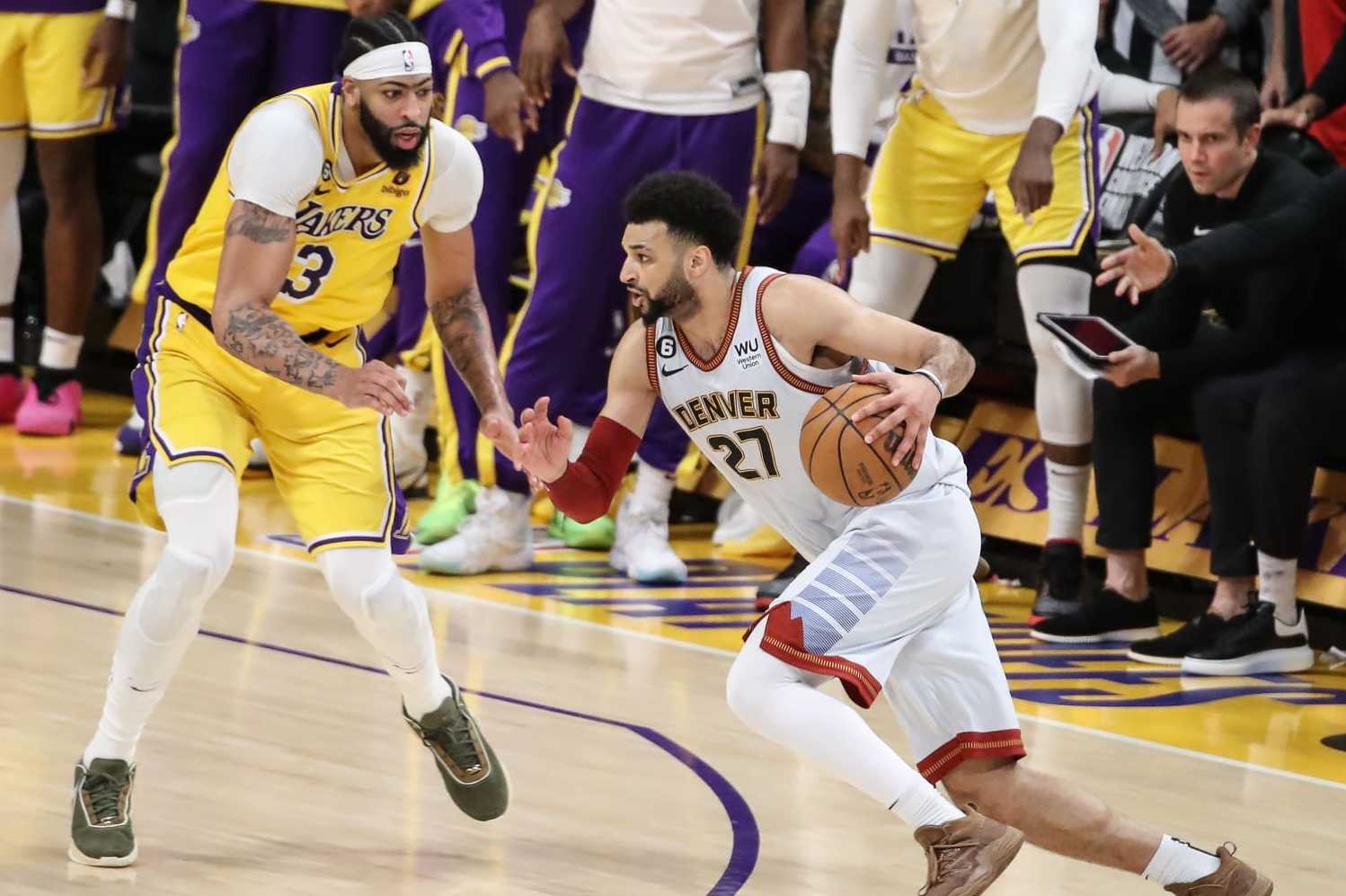
Most of Wembanyama's defensive fanfare is dedicated to his omnipresence as a roving shot-swatter, but there is a distinctly "everywhere, anywhere, all at once, relentlessly" feel to how he guards overall.
It's almost Anthony Davis-ian.
Present-day AD will never spend as much time as present-day Wemby simply helping off the corner. He's too involved in, well, everything.
Guarding both ends of the pick-and-roll, on the same possession, is second nature to him. His recovery processing speed toggles seamlessly from the outside-in and inside-out. And he can just flat-out defend in space, opposite everyone from smaller guards to playmaking wings—not as merely a last resort or part of a switching scheme, but straight-up, deliberately, at the point of attack.
Though Wembanyama doesn't have the same every-direction explosion, he is coordinated, endlessly long and fast enough to operate on a swivel. He can run out from the paint to contest jumpers and corral primary ball-handlers with elite thrust above-the-break. There will be half-court possessions, perhaps routinely, in which he defends or helps out against three-plus players.
Surrounding personnel will help determine Wembanyama's utility at the less-glamorous end. San Antonio might decide to deploy him heavily, if not exclusively, below the free-throw line. But he's capable of much more—now and, most certainly, later.
—Favale
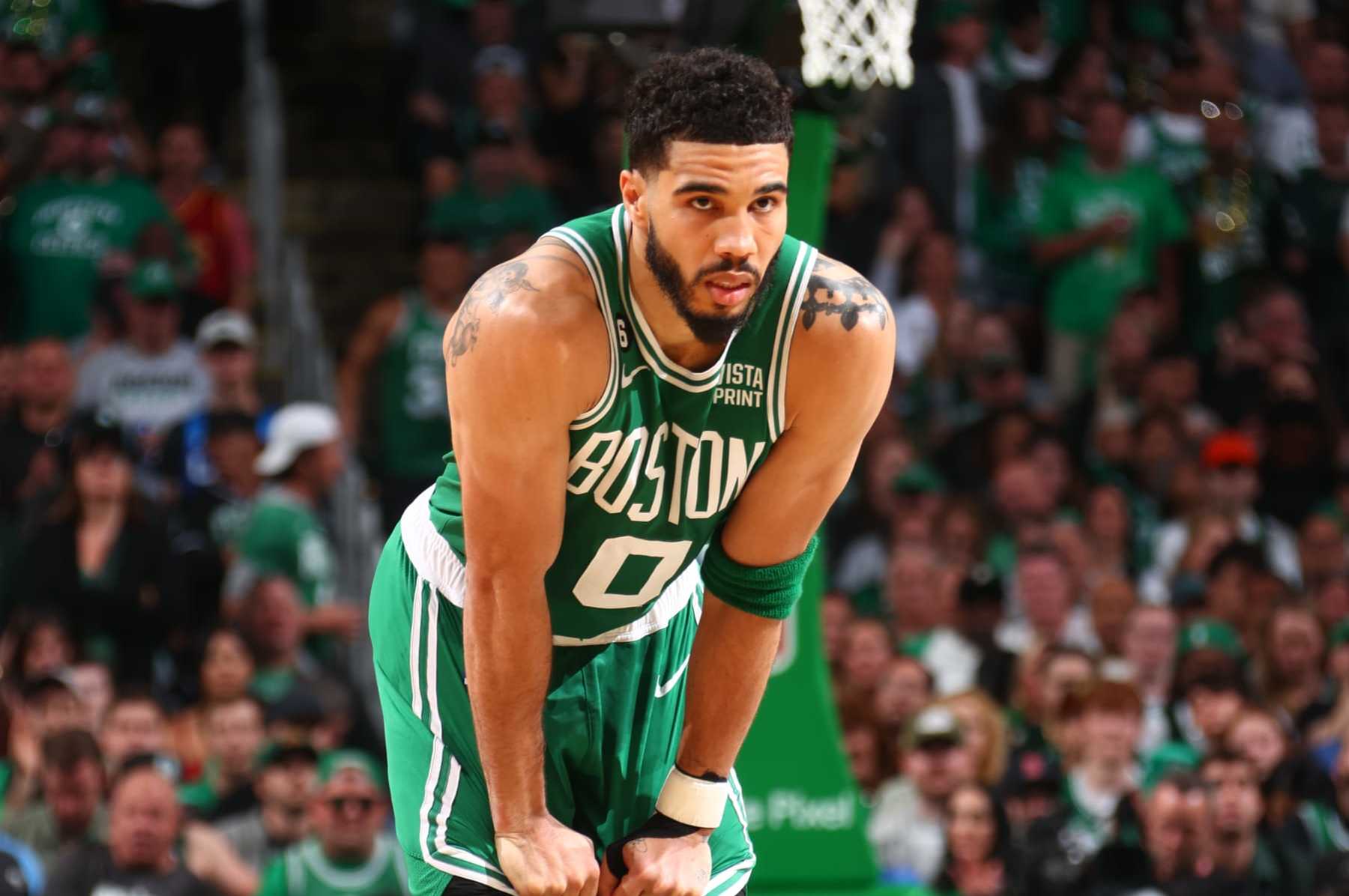
Wembanyama joins the rest of humanity in falling short of Kevin Durant's general smoothness, so we need another lanky perimeter shot-creator for this comparison.
Critics might note that Jayson Tatum is a little too reliant on jumpers, but his ability to shed defenders and create space for off-the-dribble looks beyond the arc is part of what makes him one of the league's most effective scorers.
Wembanyama already has more in his side-step and step-back bag than Tatum did when he entered the league in 2017. The extra eight inches of height could eventually make Wemby even tougher to guard in space than the Boston Celtics' three-time All-NBA superstar.
Tatum has developed incredible footwork on these shots, and he marries that with hesitation moves that throw defenders off kilter. He can sidestep right or left while retaining his balance and leg drive, creating airspace to rise up where there was none.
Wembanyama isn't nearly as polished as Tatum, but he doesn't have to be. His rawer sidesteps and stepbacks are already similarly dangerous because the hulking bigs who have to guard him aren't as equipped to dance on the perimeter as the guys who check Tatum.
Even a still-developing step-back three from a 7'4" center is unfair on several levels, but Wembanyama already has that in his game. If he hones these shots and the ball-handling that precedes them like Tatum did, well…good luck to anyone tasked with guarding him.
Plus, there's always the "tip-dunk your misses" option if the step-back learning curve is steep.
—Hughes
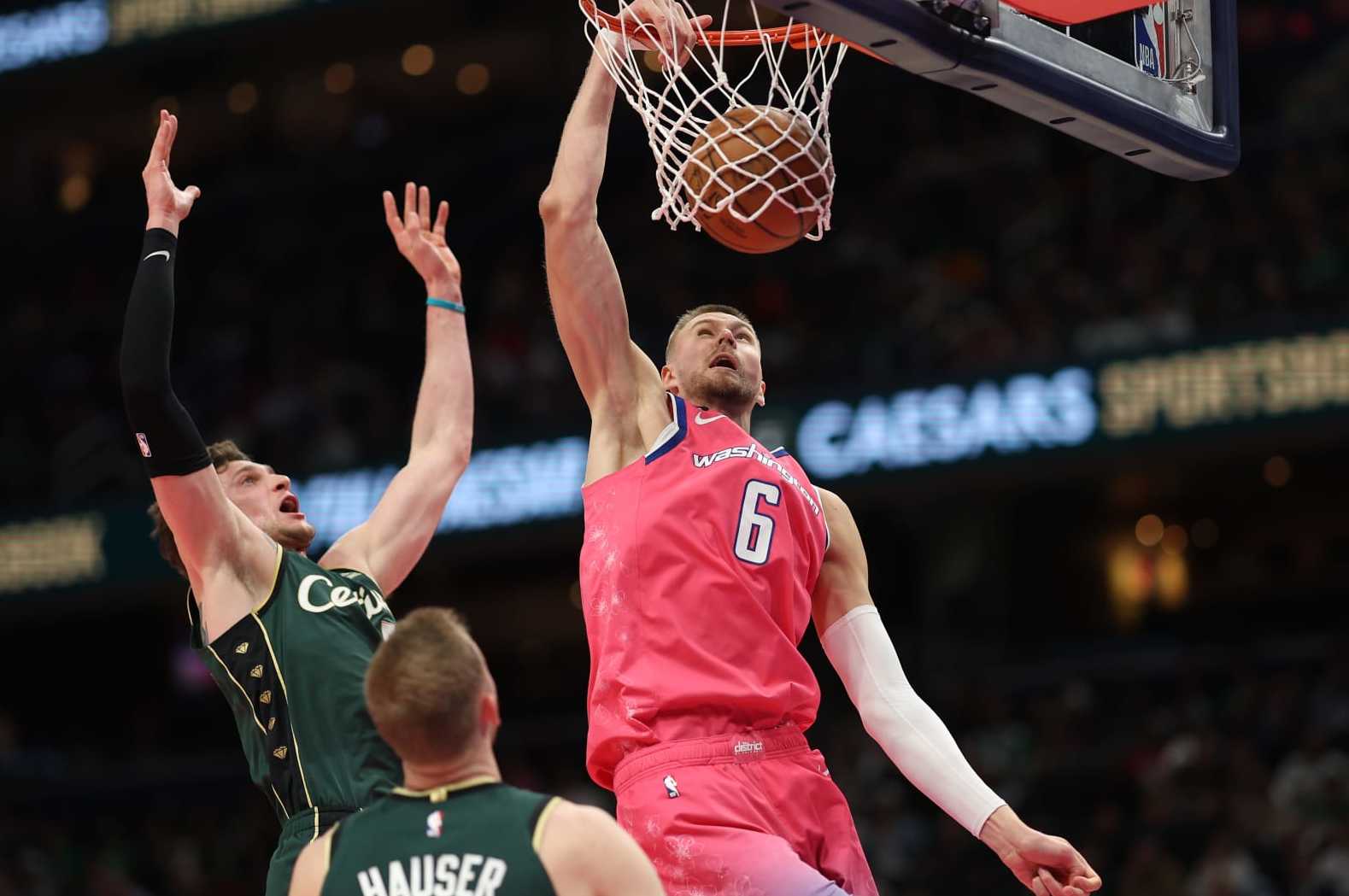
Between his length and size, Wembanyama makes finishing look effortless. He can find the cup, on the move, over defenders in displays of finesse. But he also peppers in plenty of force.
Physical alley-oop finishes are standard fare. And he's so tall and long, some of his most aggressive poster dunks won't actually be dunks. They'll be extended throw-down layups:
Wembanyama is also no stranger to absurd put-backs. He can fly in for ferocious finishes off friendly fires. He'll even hotfoot his way to the hoop and clean up his own misses—botched step-back three-pointers included:
Kristaps Porziņģis can do a lot of these things (the offensive-rebound-off-his-own-missed-step-back-three notwithstanding). The finesse similarities, in particular, are staggering. Neither Wemby nor KP needs to finish with force. They can drop in artful buckets from distances and angles inaccessible to most others.
Perhaps most similarly, both can look like they're playing below the rim even when they're not. Porziņģis has the more explosive vertical, but the reach he and Wembanyama wield can simplify what's actually complicated.
Just because it appears as if their tip-toes are grazing the hardwood when they rise for a slam doesn't mean what they're doing isn't ridiculously hard or patently explosive.
—Favale
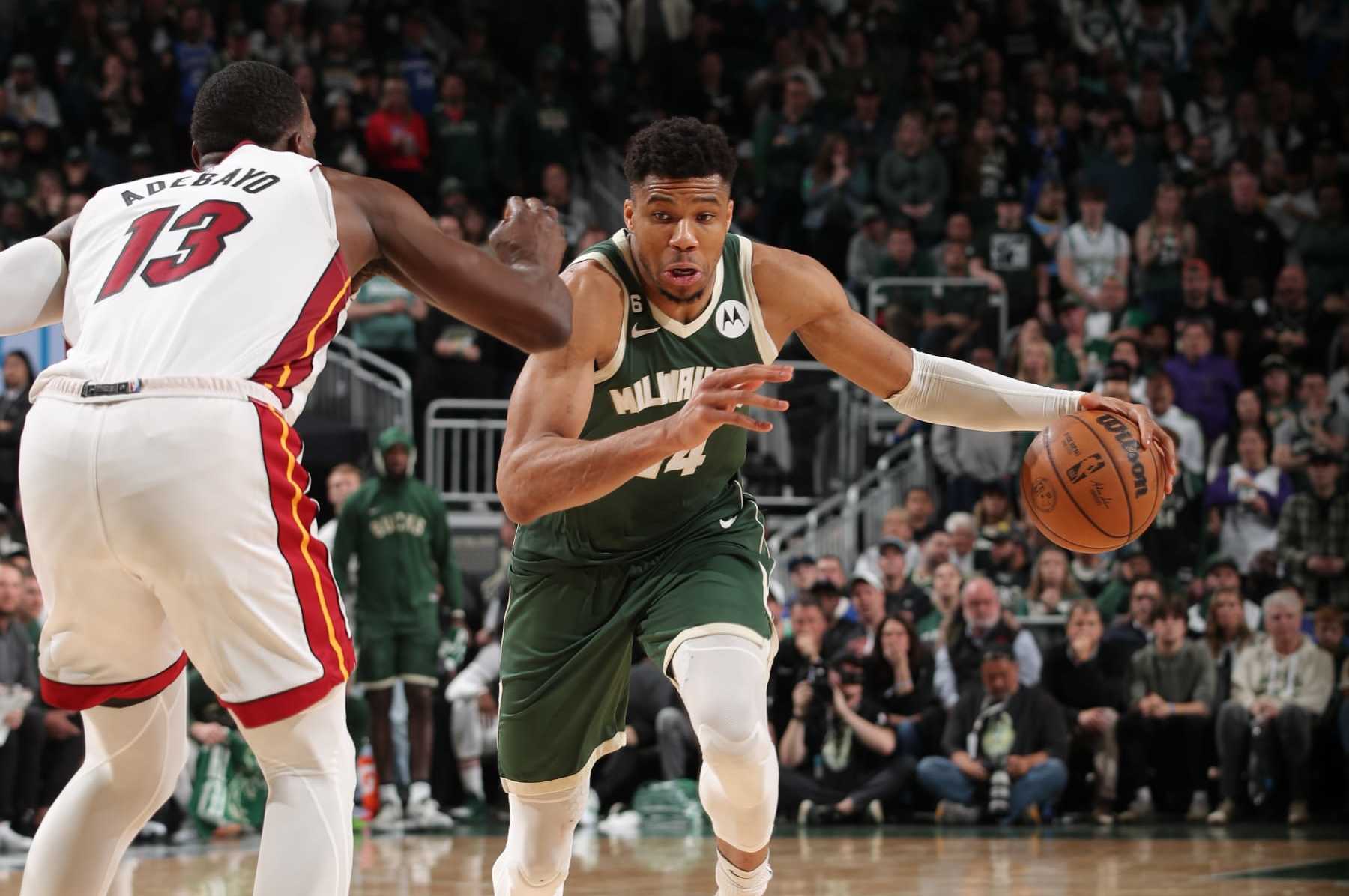
For five straight seasons, Giannis Antetokounmpo has led the NBA in transition points per game. An elite defensive rebounder with blistering open-floor speed and impossibly long strides, he has weaponized the "grab and go" to a more lethal extent than anyone else.
Antetokounmpo turns opposing coaches into general contractors obsessed with building walls to prevent access to the rim.
Wembanyama can do the same thing.
Before Antetokounmpo, it would have seemed strange to see a player steal the ball at the opponent's free-throw line, take three dribbles and dunk. Wembanyama hasn't mastered Giannis' art of dribbling minimalism, but he might already have more shake in the open floor, and he's one of the few people on the planet with the length to extend to the basket from even farther away than the two-time MVP.
The most frightening aspect of Wembanyama's grab-and-go game is that walls might ultimately be useless. Unlike Antetokounmpo, who typically needs to get all the way to the bucket to score efficiently, the teenager's full-court pushes can culminate with him picking out a mismatch in space and drilling a jumper.
Antetokounmpo is the most potent transition player in the league, but even he can't do this:
—Hughes

Passing has been cited as a potential area of development for Wembanyama. He can get tunnel vision on drives and be coaxed into bad passes at the last second, not unlike an early-career Giannis Antetokounmpo. But at his finest moments, the Frenchman's vision, IQ and even craft are overpowering.
Setting up others while going downhill should be his bread and butter. The attention he draws is beyond measure, and those around him will enjoy wide-open jumpers and duck-ins off his kick-outs and dump-offs, respectively.
Still, when you watch Wembanyama long enough, you can see what he does is a few notches above reactive. He can toss less-obvious passes, across the court and over the top of defenders, others wouldn't dare try. He can dime up cutters after leaving his feet. He can throw perfectly placed entry passes, high to low, thanks to his towering line of sight. He can sling assists from deep inside the paint, sometimes under the basket, through traffic.
There is also an uncanny connectivity to Wemby's playmaking. Passing can be the direct result of extended labor—of his breaking down defenses, grinding coverage into a fine powder. But he's at home serving as the go-between. His decisions on the catch are quick. He will drop dimes without ever dribbling or capitalize on double teams from waaay above the free-throw line.
This meld of methodical creation and conjunctive orchestration is rare. I'm not sure there is an ideal analog for his playmaking. The most current version of Devin Booker feels most correct, if only as a nod to how many different forms Wembanyama's facilitation can take.
—Favale

.png)







